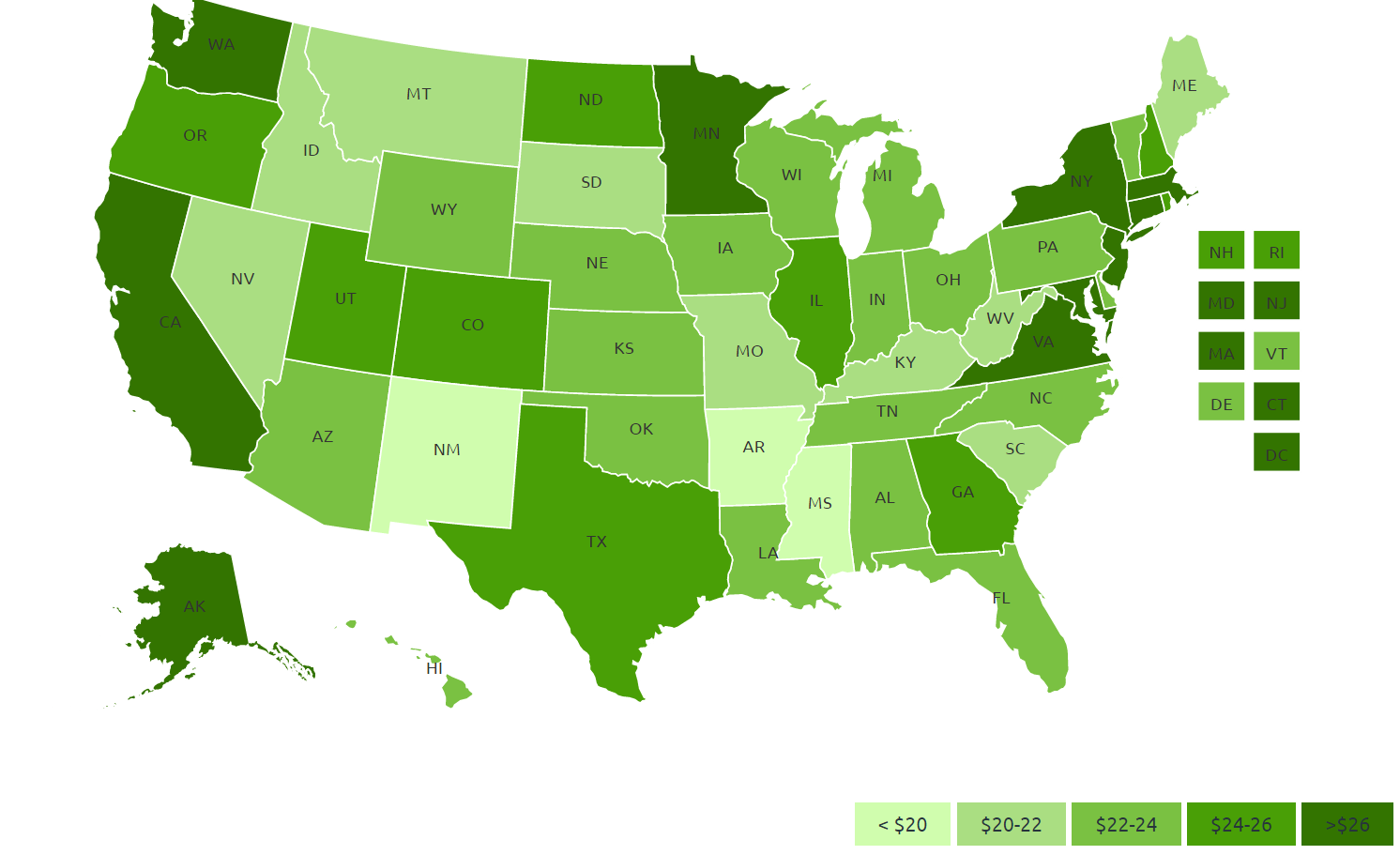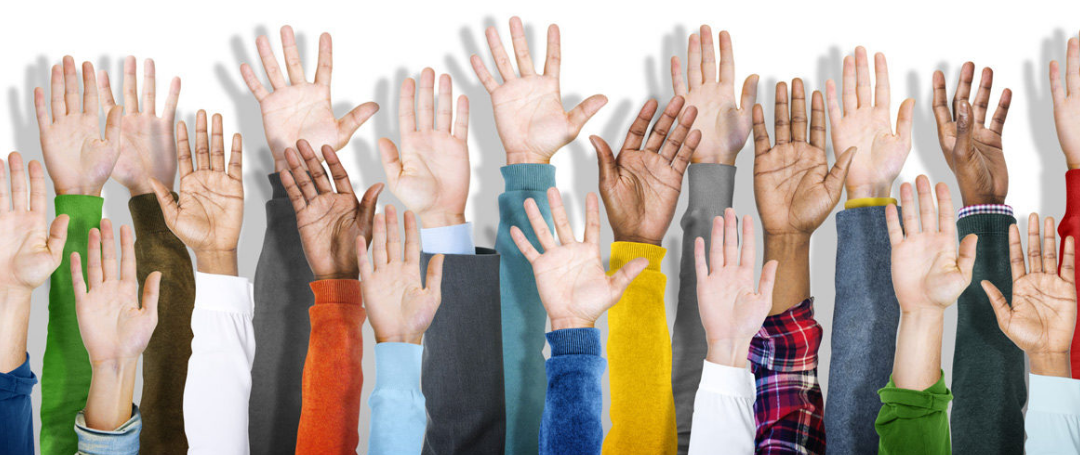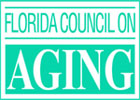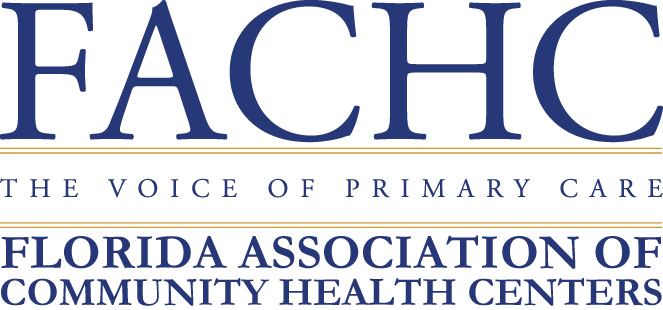$24.14 per hour
Estimated Value of Volunteer Time for 2016
National Value of Volunteer Time
The estimate helps acknowledge the millions of individuals who dedicate their time, talents, and energy to making a difference. Charitable organizations can use this estimate to quantify the enormous value volunteers provide.
According to the Corporation for National and Community Service, about 63 million Americans gave 8 billion hours of volunteer service worth $193 billion. For the latest information, please see volunteeringinamerica.gov.
National Volunteer Week is April 23-29, 2017
National Volunteer Week, April 23-29, 2017, is about inspiring, recognizing and encouraging people to seek out imaginative ways to engage in their communities. It’s about demonstrating to the nation that by working together, we have the fortitude to meet our challenges and accomplish our goals.
National Volunteer Week, a program of Independent Sector member Points of Light, was established in 1974 and has grown exponentially each year, with thousands of volunteer projects and special events scheduled throughout the week.
Visit Points of Light to learn how they’re taking the lead during National Volunteer Week through their HandsOn Network.

How the Numbers are Calculated
The value of volunteer time is based on the hourly earnings (approximated from yearly values) of all production and non-supervisory workers on private non-farm payrolls average (based on yearly earnings provided by the Bureau of Labor Statistics) for the national average. Independent Sector indexes this figure to determine state values and increases it by 12 percent to estimate for fringe benefits.
Charitable organizations most frequently use the value of volunteer time for recognition events or communications to show the amount of community support an organization receives from its volunteers.
According to the Financial Accounting Standards Board (FASB), the value of volunteer services can also be used on financial statements –- including statements for internal and external purposes, grant proposals, and annual reports –- only if a volunteer is performing a specialized skill for a nonprofit. The general rule to follow when determining if contributed services meet the FASB criteria for financial forms is to determine whether the organization would have purchased the services if they had not been donated. Accounting specialists may visit FASB’s website for regulations on use of the value of volunteer time on financial forms: http://www.fasb.org/pdf/fas116.pdf.
It is very difficult to put a dollar value on volunteer time. Volunteers provide many intangibles that can not be easily quantified. For example, volunteers demonstrate the amount of support an organization has within a community, provide work for short periods of time, and provide support on a wide range of projects.
The value of volunteer time presented here is the average wage of non-management, non-agricultural workers. This is only a tool and only one way to show the immense value volunteers provide to an organization. The Bureau of Labor Statistics does have hourly wages by occupation that can be used to determine the value of a specialized skill.
It is important to remember that when a doctor, lawyer, craftsman, or anyone with a specialized skill volunteers, the value of his or her work is based on his or her volunteer work, not his or her earning power. In other words, volunteers must be performing their special skill as volunteer work. If a doctor is painting a fence or a lawyer is sorting groceries, he or she is not performing his or her specialized skill for the nonprofit, and their volunteer hour value would not be higher.
Florida
Trends and Highlights Overview
Overall, in Florida in 2015:
19.1% of residents volunteer, ranking them 50th among the 50 states and Washington, DC.
2,984,727 volunteers
27.3 volunteer hours per capita
459.70million hours of service
$10.5 billion of service contributed
39.1% of residents donate $25 or more to charity
Civic Life in America (2013 data):
92.9% frequently eat dinner with other members of the household
85.7% frequently talk with neighbors
30.4% of residents participate in groups and/or organizations
57.6% of residents engage in "informal volunteering" (for example, doing favors for neighbors)









